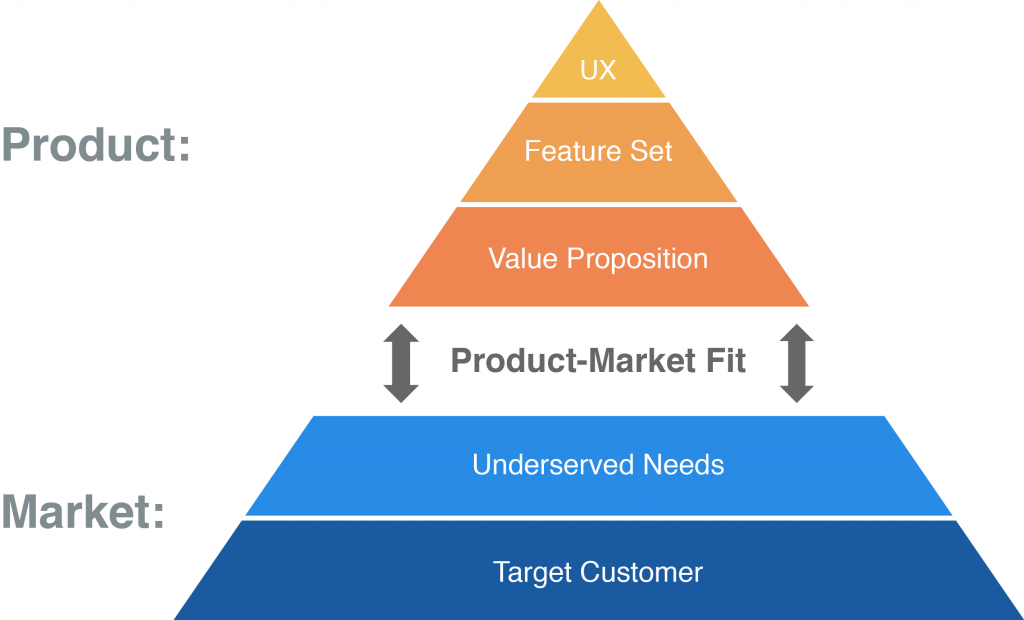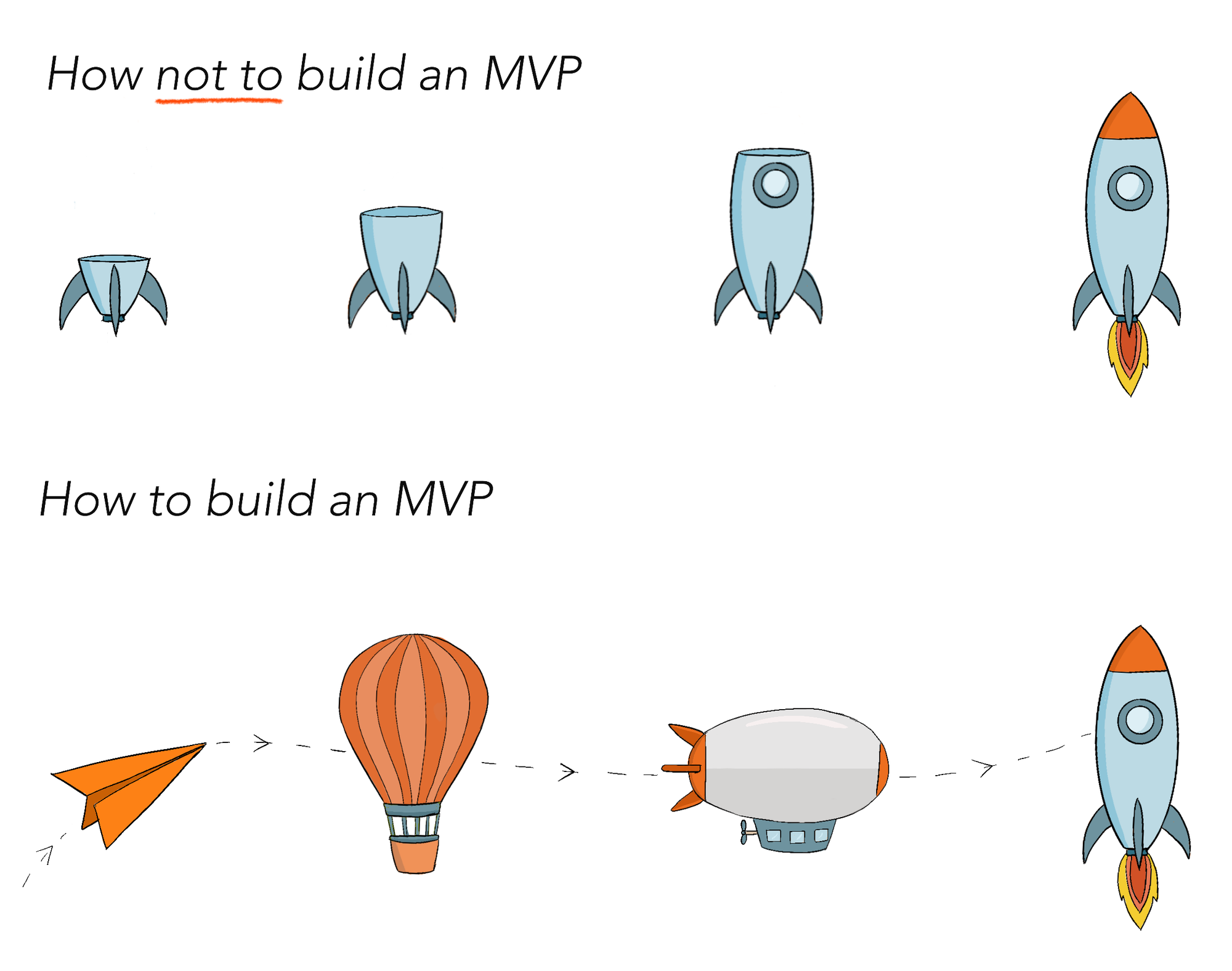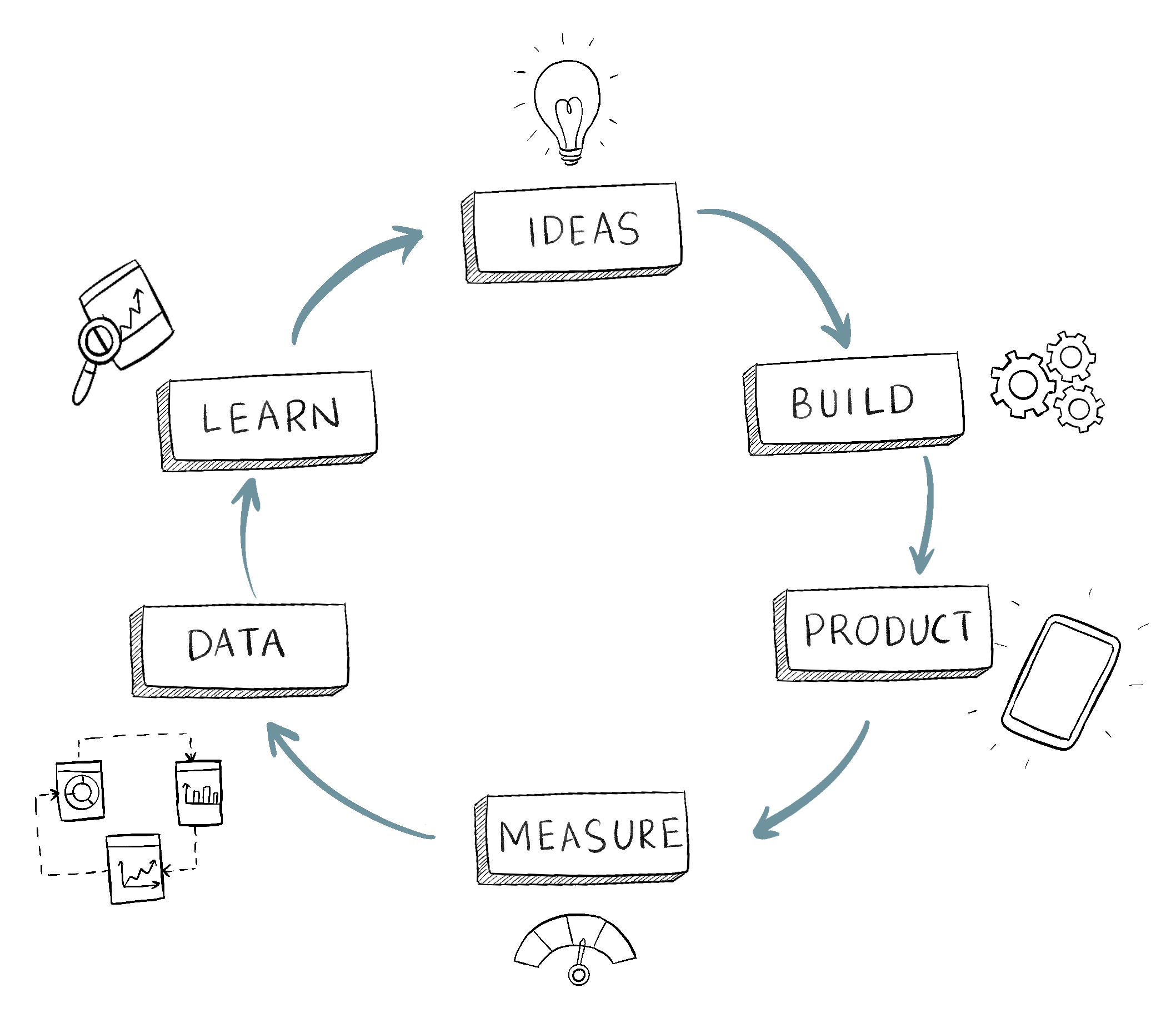“Whenever you see a successful startup, you see one that has reached product/market fit” — Marc Andreessen, co-founder of Andreessen Horowitz.
He wrote this in 2007, but it is still valid today, especially in the case of tech startups.
Year-on-year we see hundreds of startups popping up everywhere with what sounds like the next big thing in tech that’s going to revolutionise the industry and year-on-year without fail we see the vast majority of them fail.
But why do so many startups fail?
A startup can fail for a wide variety of reasons, but most often than not, they fail because they don’t achieve product-market fit. It is because the product they have built—no matter how good it is—is not selling. Customers are not talking about it, they don’t understand its values, dwindling sales numbers, below par user base, and so on. Which points to one thing:
It’s not product market fit.
So, What is Product-Market Fit?

According to Marc Andreessen, “Product-market fit means being in a good market with a product that can satisfy that market.” I don’t think there’s a simpler way to define it.
Notice how he says the market needs to be a good one and not the product? All you need to do is build a half-decent product that fulfils the need of the market or be better than the existing one. Easy right?
Slack is a great market example of product-market fit. The platform was initially just a small internal messaging platform developed to help the founders communicate with the team during the development of a role-playing game. What they soon found out is that they inadvertently built a product capable of tapping into a fresh market with lots of customers.
They quickly shifted their attention towards building Slack, the business communication platform. They saw the opportunity in front of them and went for it. And after multiple iterations, they eventually went on to achieve a product-market fit. Slack is now used by millions of people around the globe.
This elusive goal of achieving product-market fit is the difference between success and failure for startups.
Before we jump in on how to achieve a product-market fit, let’s say hi to Annie!
Annie is a young independent woman with considerable student loans like most college graduates. She works as a software engineer. Her goal is to pay off her student loans asap and save up to start her tech company.
Also Read: A College Student’s Guide to Startups: All You Need to Know Before Starting a Business

But, she is struggling for months to save money even after using different apps to help track her spending. They only helped in her knowing where all her money is going but didn’t help her save.
She talked to her friends and colleagues. Most of them were also struggling with the same issue.
It was a light bulb moment for her.
She decides to build an app that automatically tracks expenses and helps control spending using alerts and notifications. She named it the $ave App”
How to make your product market-fit?
Let’s find out if Annie has a product that’s worth pursuing.
1. Find Your Target Customer
Your target customer is someone who’ll get the most out of what you are delivering. They are the ones you need to understand in order to have a successful product.

Who’s going to benefit from your product?
You have to answer this question as specific as possible to get your product team to understand who they will be focusing on when designing and developing your product.
From Annie’s initial hypothesis, the $ave app will help go-getters looking to accomplish their financial goals without having to sacrifice their productivity. It includes high-performing individuals like college graduates, startup owners and entrepreneurs.
At first, it was tough to nail down an exact persona, but you can keep iterating by conducting product analysis, in-depth market research, and understanding your competition. The deeper you go, the better the chances are that you’ll be able to uncover unresolved pain points for your target customers.
2. Find Your Customer Pain Points
How can you create more value for your target customers?
You can do this by determining their pain points and providing a solution for these undeserved needs. These needs may have the potential to be a killer market opportunity just waiting to be tapped.

After you’ve nailed down your target customer persona, you can go ahead and start gathering information from them regarding their needs and whether there is a solution for these needs and if it is satisfactory or not. Getting answers to these questions will go a long way in helping you to shape your product to be a perfect market fit.
The $ave App’s potential customers lead fast-paced lives and find it hard to keep track of and stay in control of their finances. They need a solution that will help them curb their spending without manually going through each transaction.
3. What’s Your Value Proposition?
How is your product going to benefit your target customer?
The answer to this question is your value proposition. Your value proposition is your core idea on how to provide the best service for your customers and beat out your competitors in the process.
Your product needs to stand out.

Differentiate your product by developing features that genuinely address their needs. As a startup, you’ll be on a strict budget, so you have to narrow down your focus on one or two key features and quickly establish yourself in that domain.
As Bruce Lee once famously said,” I fear not the man who has practised 10,000 kicks once, but I fear the man who has practised one kick 10,000 times”.
Then what would be the Unique Selling Proposition of Annie’s $ave app?
It should be something like:
“The $ave app intelligently analyses your transactions and the impact it will have on your financial goals.”
How does it work?
If, a customer has $1500 in her account and sets a goal to save $500. She then makes a transaction for $200 and will immediately receive an alert notifying that she has to $800 left to spend to stay on track to save $500.
Sounds good, right?
4. Build Your MVP
Once you have nailed down your value proposition its time to plan and build your minimum viable product. One big mistake you should avoid is cramming too many features prematurely and overspending only to learn that your customers didn’t like the product.

Keep it simple
Your MVP must only have the bare minimum features that can provide value to your target customers so that you can validate whether you have a worthy product.
The MVP approach focuses on building what is needed to create enough value in the eyes of your target customer to validate that you are heading in the right direction. It helps you to gain valuable feedback from customers regarding your products functionality or lack thereof. This way you can iterate your MVP until you have a viable product without breaking the bank.
MVP Prototypes
MVP prototypes are purely working versions of your product that you can use to validate your product before you build a full feature product.
So Annie decides to build the $ave app with the following key features:
-
-
- A clean User Interface
- Link the app with user bank accounts
- Set monthly and weekly financial goals
- Notifications after each transaction and its impact on their goals
-
Let’s jump in and find out whether people find the app useful.
5. Test Your MVP
Now it’s time to test the water with your MVP and collect valuable feedback. The one crucial thing you have to be careful about is gaining feedback from the wrong people. You don’t want it from people who don’t even remotely represent your target market and start modifying your product based on their inputs. Then you might end up losing the very people you are trying to target.
Once you nailed down a large enough circle of your target customers, its time to test your prototype.
Annie built a list of her target customers which includes entrepreneurs, recent college graduates and startup owners. She provides each of them with the MVP prototype and asks them to try it out for a month.
Next step, feedback.
Customer Interviews

Make sure you try to interact with your customers as directly as possible and note down their responses for future references. Don’t be lazy and ask random questions to your customers. It’s just going to waste their time and yours.
Create a template of specific open-ended questions the responses to which gives you a clear picture of where your product stands. If done right, at the end of the customer interviews, you’ll understand what all features work, ones that don’t, and, the ones that need tweaking. There’s also a good chance that you may even stumble upon a new customer pain point that you can help solve.
Few of the questions that Annie asked her target customers include:
-
-
- What did you feel about the monthly/weekly goals feature?
- What did you think about the transaction alerts?
- How different was the app from other expense trackers in helping you save money?
- How would you feel if you could no longer use this app?
-
Once you have the results of the customer reviews, its time to iterate your MVP.
6. Iterate Your MVP
Iteration means repetition of a process and that’s exactly what you have to do. The customer feedback points out which step of the process you have to go back and repeat. It can be simple as a change in UX, or drastic as changing your value proposition. It might seem a bit tedious, but it will be well worth the effort.
You might need to iterate your MVP prototype multiple times. Why?

Because after each iteration you’ll have your share of positive and negative feedback. And ideally, your goal is to bring the number of negative feedback to zero. For that, you might have to iterate again and again till it does.
In the off chance that you encounter a situation where no matter how many iterations, you still can’t seem to shake off all the negative feedback, then you might have to reconsider your assumptions regarding your target customers.
Also read: How to Acquire the First 20 Customers for Your Startup
Will the $ave app survive?
The $ave app received its fair share of positive and negative feedback. The transaction alert was a big hit with the target customers since it helped them stay aware of their financial situation. One of the negative feedback received was, the app doesn’t actively control spending. This feedback gave Annie the idea of including daily financial notifications to help control their spending. After iterating the prototype, she again repeats the testing process with a new set of target customers.
Annie needs to iterate and test her MVP until she ends up with an prototype that is easy to use, devoid of negative feedbacks and one that users find irresistible. Then she could say her app has achieved a product-market fit and move on to building the product.
SWOT analysis to find whether your product is a market fit
SWOT stands for –
-
-
- S – Strength
- W – Weakness
- O – Opportunities
- T – Threats
-
SWOT provides you with a brief explanation of
-
-
- Strengths and weaknesses of the product internally
- Opportunities and threats externally in the market
-
Once you know where you stand strong and where you lag, you can make your product stronger by eradicating weaknesses and improving the strengths.
Steps involved in the SWOT analysis to make your product-market fit:
-
-
- Establish your business goals exactly
- Do extensive research
- Analyse and categorise data
- Identify your unique value proposition
- Hunt for weaknesses of your product
- Explore opportunities
- Estimate the risks
-
SWOT analysis demands the right tools for accurate results, but you can take a data-driven decision about whether your product is a market fit.
Suggested read: How to Create a Unique Selling Proposition That Boosts Your Business
Product-market fit: Myth or Fact
Like any other concept, product-market fit also has its myths. Many people understand the idea differently and do it differently, which ends in bad results.
Let’s look into the myths related to product-market fit.
Myth #1
– You will know when your product is a market fit
You don’t easily know with any measure, you need to work on it to find the answer, and you need to evolve with the market for the long-run success.
Myth #2
– Product-market fit is a one-time achievement
According to your target market, you make your product-market fit. When the market evolves, and your product stays where it is, you end there itself. You can see the fall of Nokia here.
Myth #3
– When you achieve a market fit, then you can’t lose it
TREND is the trending word today; from education to buying groceries, you must keep up with the evolution to stay stronger and longer.
Myth #4
– Reaching the product-market fit ensures success
Achieving product-market fit ensures your customer pain points will be addressed, but taking your product to your customer is a different journey. Marketing, sales, and SEO play different roles in reaching your customers.
Conclusion
Once you reached a point where your target customers are totally in love with your MVP prototype and have zero negative feedback, then you have yourselves a valuable product. Which means your Minimum Viable Product has achieved product market fit.
Now you can pat yourselves on the back and confidently move forward in to investing more resources into building your complete product. But your product journey doesn’t stop there. You’ll have to keep innovating to stay one step ahead of your competition.
Bonus FAQs
When your customers come back to use your product for their needs, you find a perfect and demandable market in your niche.
Netflix and Slack are the perfect examples of product-market fit. They understood their audience and scaled faster by expanding their customer base.
Product-market fit means finding the proper demand for your product in the target market.
The product-market fit phase is when you have a problem and find a solution that helps people solve that problem.
If you don’t find your product-market fit, you may build a product your market doesn’t need.




